Calabrian Rabbit with Red Peppers
March 30, 2011 | Updated June 23, 2020
As an Amazon Associate I earn from qualifying purchases.
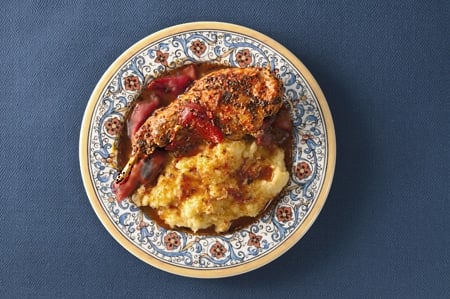
Rabbit is my chicken, my white meat. I eat rabbit as often as I can, which is not as often as I should like, but it is still enough that I am always in search of new and interesting rabbit recipes. Every time I buy a new cookbook, I flip to the index and look under “R,” hoping to see a rabbit recipe I’ve not yet cooked.
It was rabbit that first sent me into the field with a gun. Most people start their journey as a hunter in search of mighty bucks or gaudy turkeys or nervous, flighty ducks. Not me. I first took up a gun so I could catch my own rabbits for the pot. Rabbits are the krill of the woods — numerous, fecund, and eaten by almost everything else on the food chain.
They are not hard to kill, but they are very, very easy to miss. Rabbits know this, instinctively. Anyone who has read Watership Down will remember what their god, Frith, told Hazel:
All the world will be your enemy, Prince with a Thousand Enemies, and when they catch you, they will kill you… but first they must catch you.
Nothing truer was ever said. I miss far more rabbits that I kill, so when I have one in hand I treat it well. Holly went so far as to collect a whole notebook of rabbit recipes for me one winter and gave it to me as a Christmas present. I could write a whole rabbit cookbook if I wanted, and maybe I should. Someday.
If I do, this recipe will be in it. It is my take on a dish in one of the more interesting Italian regional cookbooks I’ve yet read, Rosetta Costantino and Janet Fletcher’s My Calabria: Rustic Family Cooking from Italy’s Undiscovered South. This book is a trove of cool information, from making rustic breads to pasta to cheeses and preserves; I will be cooking from it often.
I was especially happy to hear that the Calabrians take culinary inspiration from the humble rabbit, and this dish is an exemplar of that, although I suspect I know where it originally comes from. Costantino’s recipe hinges on lots of red peppers and paprika.
There is another dish I cook very often that also hinges on lots of red peppers and paprika: Chilindron, the magnificent Spanish stew typically made with lamb, chicken… or rabbit. The Spaniards spent some time lording over Calabria during the Renaissance, and it is possible that the dish originated in Spain — or that the Spanish dish originated in Calabria.
No matter, both versions are wonderful.
What makes the Calabrian dish special is that typical Southern Italian habit of simmering meats without browning. This aversion to the Maillard reaction preserves the delicacy in many meats, which is especially important in rabbit, but which also does wonders for bolder meats such as venison: I make a Puglian venison stew called callaredda that also skips the browning step.
Calabrian Rabbit with Red Peppers
Ingredients
- 1 store-bought rabbit or 2 cottontail rabbits, cut into serving pieces
- 3 tablespoons olive oil
- Salt
- 3 bay leaves
- 1/2 pound Italian sausage, cut into large pieces (hot or sweet)
- 4 garlic cloves, smashed
- 2 tablespoons dried oregano or marjoram
- 1/2 cup crushed tomatoes
- 1 tablespoon Calabrian hot pepper paste or 2 teaspoons Sriracha hot sauce
- 2 tablespoons sweet paprika
- 1 cup roasted red peppers, cut into slices
Instructions
- Cut the rabbits into serving pieces. Here is a primer on how to cut up a rabbit.
- Find a wide, shallow pot. A large, high-sided saute pan is a good choice, but one of those earthen braziers is even better. Arrange the rabbit pieces in the pot and just barely cover with water. Bring to a simmer and add a healthy pinch of salt and the bay leaves. Skim any scum that forms on the surface of the water.
- Simmer the rabbit uncovered for 1 hour, turning the pieces from time to time as the water cooks away; this keeps both sides moist.
- Add the remaining ingredients and mix well. Keep turning the rabbit and sausage pieces so they are coated in the sauce, and when it thickens enough -- about another 10-15 minutes -- you are ready to serve.
Nutrition
Nutrition information is automatically calculated, so should only be used as an approximation.

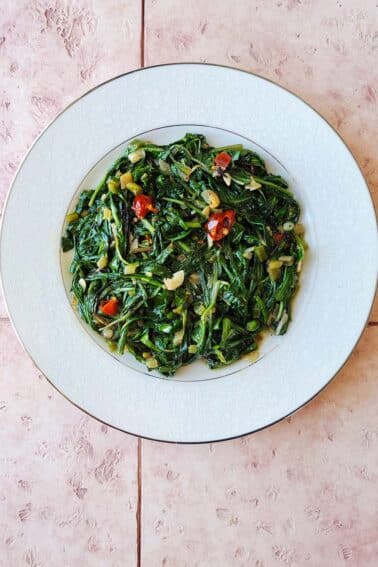
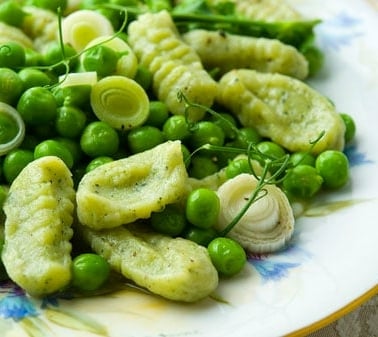
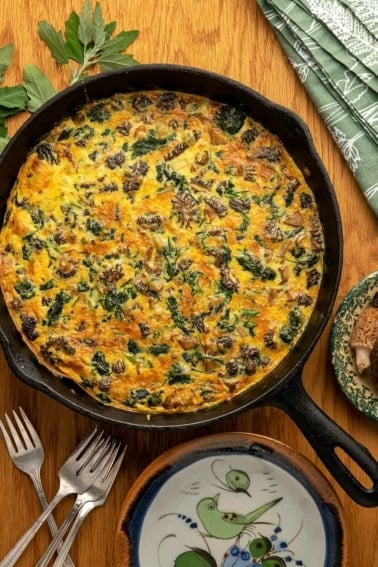
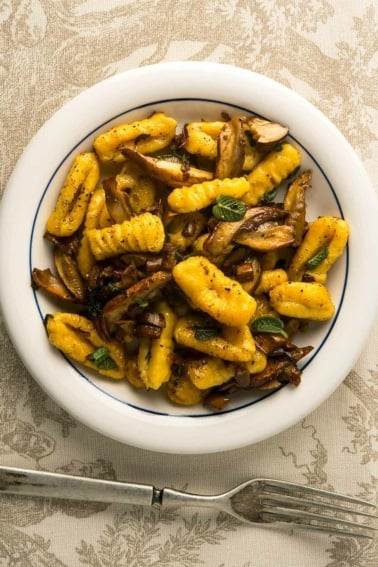
Easy to make and tasted great. Perfect for those “wascally wabbits” that seem to prefer dining in my garden…
Yum. An impressive dish that is very flavourful. The sauce really makes it special and it goes particularly well with polenta. I didn’t like it quite as much as the Spanish rabbit, but it was a very memorable dinner. And Hank was definitely right about the sausages. Cheers.